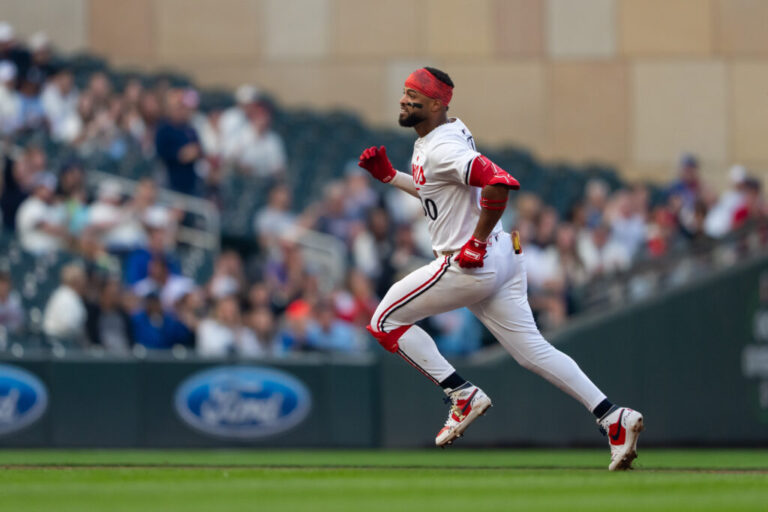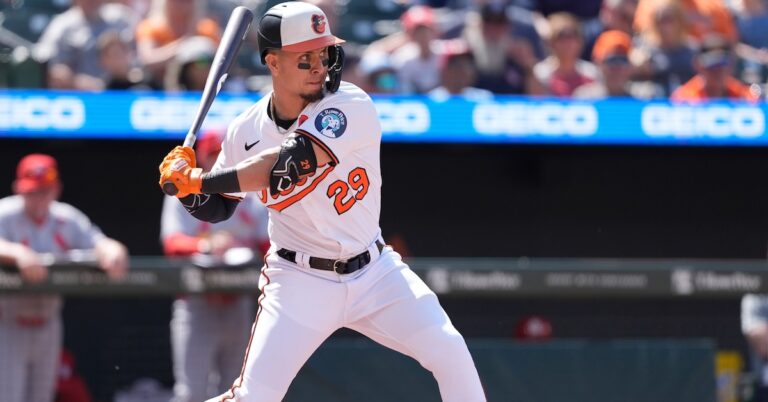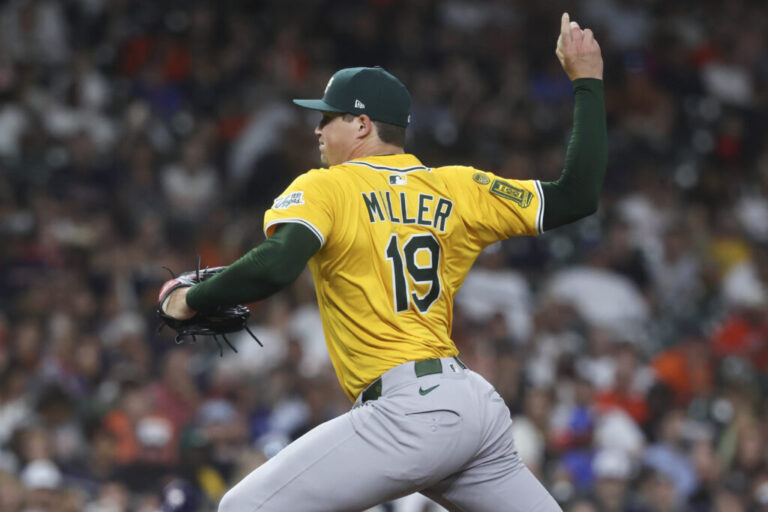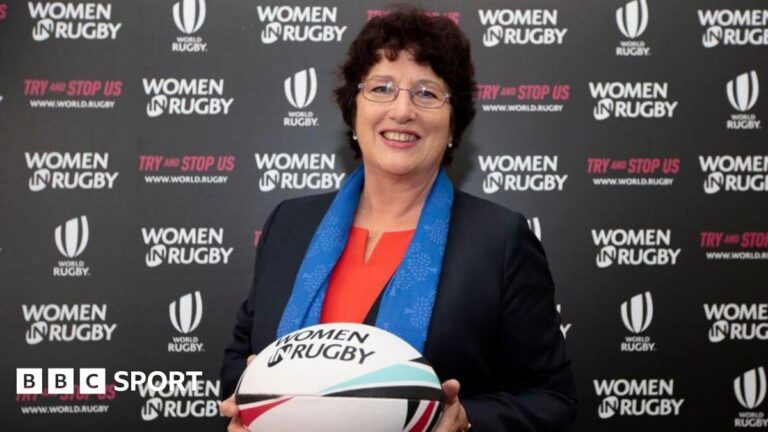
7:36pm: Rea will make $4.25MM for the upcoming season and is guaranteed a $750K buyout on the option, which is valued at $6MM, Adams reports.
3:35pm: The Cubs and right-hander Colin Rea have agreed to a one-year, $5MM deal, reports MLBTR’s Steve Adams. There’s a club option for 2026, per Jesse Rogers of ESPN. The righty is represented by Joe Speed. The Cubs have a full 40-man roster and will need to open a spot in order for this deal to become official.

Rea, 34, is coming off a solid two-year run with the Brewers. Over the 2023 and 2024 seasons, he tossed 292 1/3 innings for Milwaukee, making 49 starts and nine relief appearances. He allowed 4.40 earned runs per nine. His 19.9% strikeout rate was a bit below league average, but he showed strong control with a 6.6% walk rate.
The Brewers could have retained Rea for 2025 via a modest $5.5MM club option, but they somewhat surprisingly put him on waivers to see if any other club wanted him at that price point. No team ended up claiming him, so the Brewers simply went for the $1MM buyout instead. By getting $5MM from the Cubs on top of that $1MM buyout, Rea will come out marginally better financially than if the Brewers had simply picked up the option.
By joining the Cubs, Rea will be reunited with manager Craig Counsell, who was the skipper in Milwaukee before coming to Chicago a year ago. Rea was also with the Brewers in 2021, though he only got to pitch six innings in the majors that year. He then headed to Japan for the 2022 season, parlaying his decent performance over there into a return to the Brewers two years ago.
Rea doesn’t overpower hitters, averaging around 93 miles per hour on his fastball over the past two years, but he can keep them off balance with a diverse mix of six pitches. Per Statcast, he also threw a sinker, cutter, sweeper, splitter and curveball. He also didn’t lean on any one pitch too often, topping out with his sinker in each of the past two seasons, around 30% of the time in each year. That’s helped him have fairly neutral splits, with lefties hitting .257/.308/.465 against him last year and righties at .258/.315/.429.
For the Cubs, Rea is likely to slot into a similar swing role to the one he served with the Brewers. Chicago signed Matthew Boyd earlier this winter, adding him to a rotation mix that already had Justin Steele, Shota Imanaga and Jameson Taillon. Rea and Javier Assad have somewhat similar numbers over the past two years and could perhaps compete for the fifth spot in the rotation if everyone is healthy, with the other perhaps getting a long relief role in the bullpen.
Of course, rotations shift over the course of a season. Injuries are inevitable and some players will perform better or worse than expectations. The Cubs have guys like Jordan Wicks, Caleb Kilian, Ben Brown and Cody Poteet also on the 40-man roster, though they all still have options and are fairly lacking in experience. Prospect Cade Horton is not yet on the roster but could force his way into the mix during the upcoming season.
It’s also possible that the Cubs will make further moves to change the rotation plan. Since acquiring Boyd and trading Wesneski, they have been connected to free agent Jack Flaherty and trade candidates like Luis Castillo and Jesús Luzardo. The latter was already traded from the Marlins to the Phillies but another rotation acquisition of some kind is not off the table.
Rea’s role figures to be determined by those moves as well as the health and performance of everyone on the roster, including his own. He improves the depth of the pitching staff at a fairly low cost, relatively speaking. The starting pitching market has been aggressive this winter, as guys like Justin Verlander and Alex Cobb got $15MM guarantees despite being relatively older veterans coming off injury-marred seasons. Rea doesn’t have the same track record or ceiling as those guys but has been healthy and performing well lately, with just one third the salary commitment.
RosterResource now has the Cubs at a payroll of $181MM and a competitive balance tax number of $198MM. Last year, they eventually got to a $228MM payroll and went narrowly over the tax line. It’s unclear if they want to get to the same levels in 2025, but even if they want to avoid the tax, they can still add about $40MM to their CBT number while doing so. This year’s base CBT threshold is $241MM.





